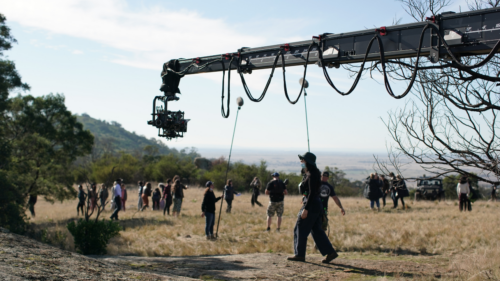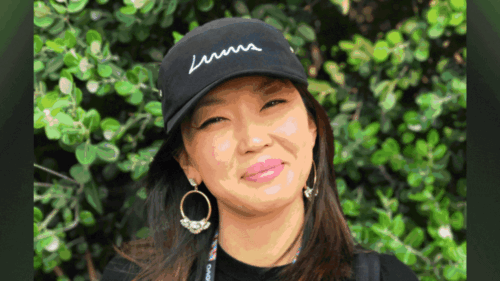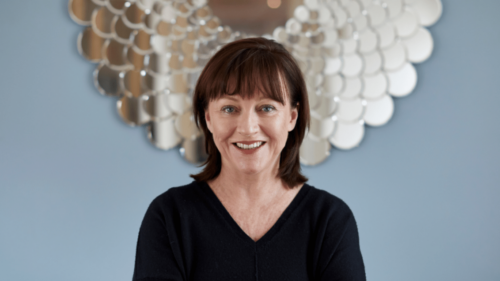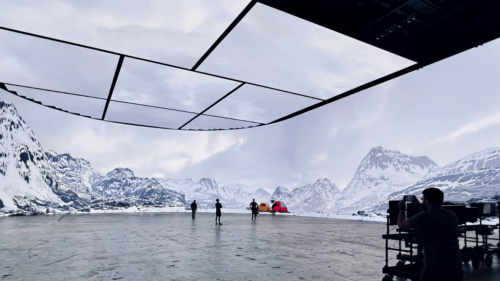/News 31.07.23
FIRST NATIONS SPOTLIGHT: NSW DIRECTOR OF PHOTOGRAPHY TYSON PERKINS
Tyson Perkins is an award-winning Arrernte and Kalkadoon director of photography based in Sydney, Australia.
From commercials and music videos, Perkins has been in demand since his work on the award-winning feature documentary Firestarter – The Story of Bangarra for Nel Minchin and Wayne Blair.
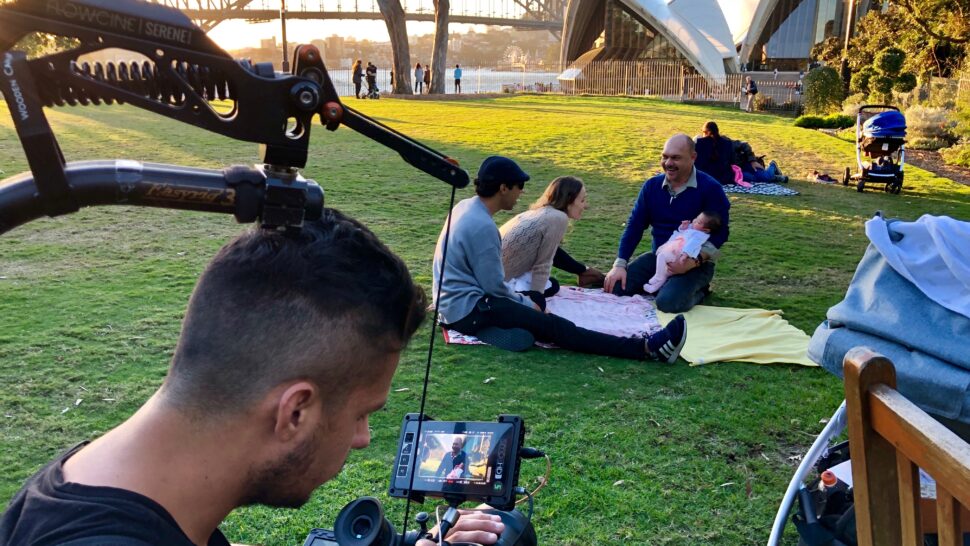
Television work quickly followed including The Moth Effect (Bunya Productions) and the smash hit Heartbreak High (2nd unit) for Fremantle Media Australia.
He then reunited with Robbie Hood director Dylan River for the wildly popular and critically acclaimed Mystery Road: Origin, winning the 2022 AACTA Award for best cinematography.
Screen NSW caught up with Perkins fresh from the set of his latest project to discuss the power of letting go, the beauty of collaboration and the appeal of a visionary director.
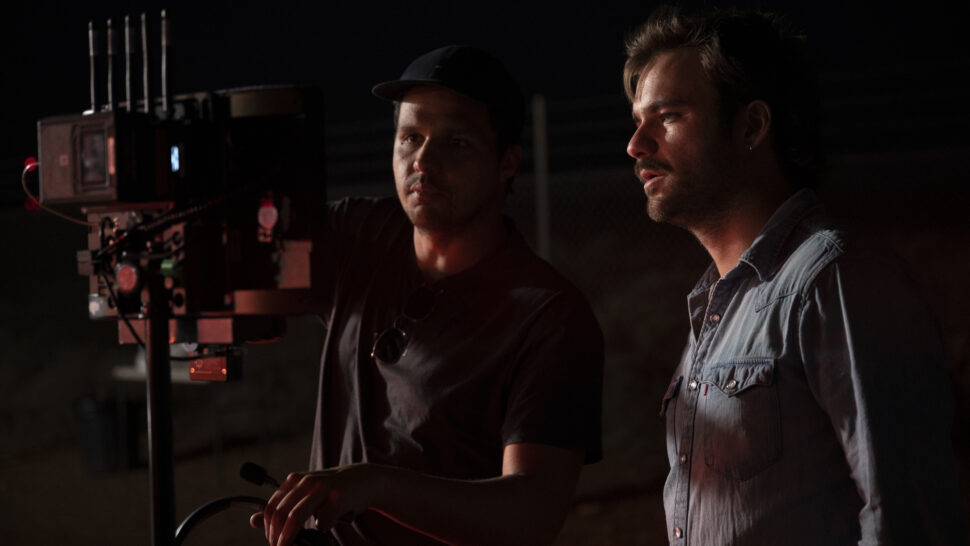
Tell us about the experience of working on Mystery Road: Origin
Mystery Road: Origin was an extraordinary project to be a part of for many reasons. It was my first large drama and, to be honest, was really daunting for me initially.
I had a long-term love of the films and series as a fan, so to be asked to be a part of it was both a huge honour but it also carried huge expectations. Mystery Road, in both its film and television forms, has been an iconic platform for Aboriginal filmmakers – the list of names that have contributed to it, starting with Ivan Sen, are incredible. I felt pretty inadequate versus all of those names!
However, once I landed in WA, I immediately recognised how wrong I was to feel nervous about the weight of expectation I had built. This was due to Dylan’s generosity in bringing me in to a lot of the creative decision making but also due to the environment fostered by producers David Jowsey and Greer Simpkin of Bunya Productions.
The crew on Mystery Road have all done the previous iterations together so there is a real feeling of family amongst everyone and, importantly, a cohesive creative intent. Everyone is really striving to make it the best it could be. So, to be in that environment was hugely inspiring. From then on – although the landscape certainly made for difficult conditions to shoot in – it was an incredible experience.
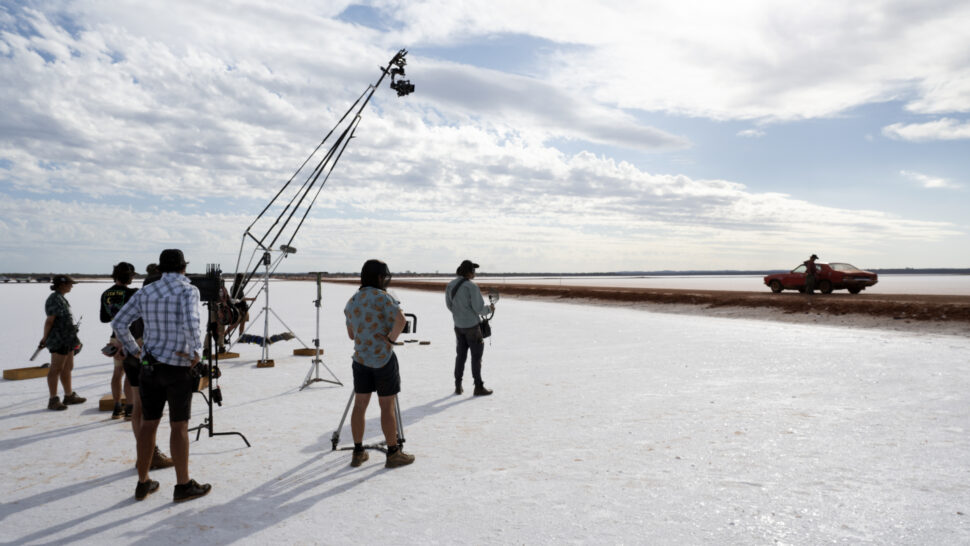
The series has a very distinctive western-style look. What inspired you to take that approach and how did you raise it with series director Dylan River?
Dylan and I both share a huge love for the cinematography of Roger Deakins. His work on No Country for Old Men, Prisoners, Sicario and Fargo informed our approach to shooting the show above any other references we brought to the table. He has such a complete understanding of light and covering for story in a way that is very functional and elegant but also visually outstanding. When we were devising our coverage for the show, we kept coming back to those films over and over again when we got stuck. We wanted to shoot with a similar philosophy, generally using a single camera approach and using the camera and lighting to prioritise the story we wanted to tell with each frame, rather than shooting visuals for visuals sake.
This style of shooting made things quite difficult for Dylan and me on set. It basically meant that we were always up against it in terms of time. Australian TV schedules are very tight and the use of two cameras at all times is ultimately a great way to alleviate that time pressure. The fact we stayed resolute in committing to doing it in a different way probably made things a lot harder for us than they needed to be, but I think at the same time it was that uncompromising approach that got us to the point of making something that we are both proud of.
It also helped enormously that Dylan is a wonderful cinematographer in his own right. There was no issue in translating why some things would take more time than others or why the camera needed to be rigged or used in a certain way. We had a great shorthand due to our existing relationship and the amount of pre we did together that meant that we could work under pressure without being precious about our ideas – we were very much on the same page.
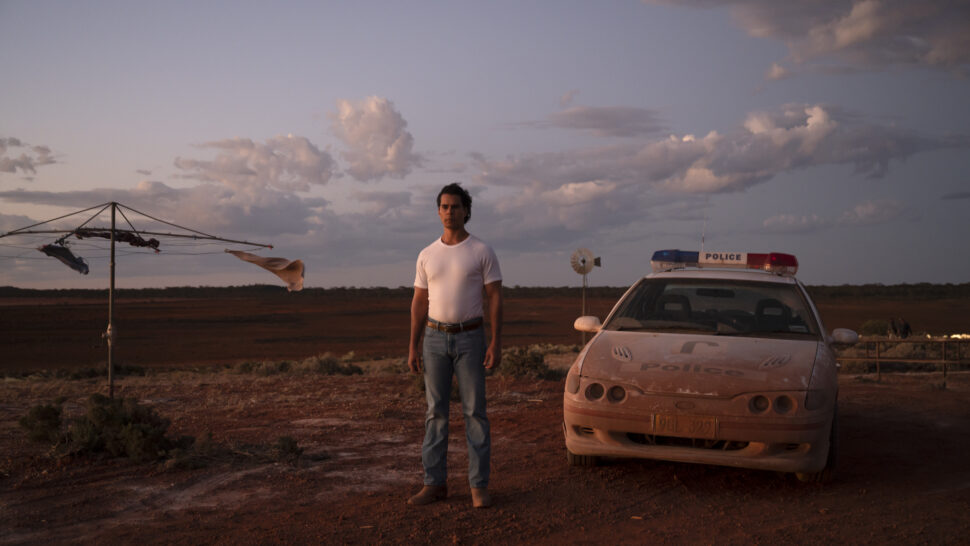
Why do you think the character of Jay Swan and the Mystery Road mythology is so popular with audiences?
I think it’s a combination of a lot of things. For starters, there is a big public fascination with the mystery of the ‘outback’: it is something that is uniquely Australian and storytelling around it has been a very formative part of our national identity. I think the way this show utilises this setting and its history as the backdrop of its story is something that appeals to a lot of people. In a sense, each iteration of Mystery Road is ultimately a history lesson wrapped in the format of a crime drama!
Outside of that, you probably cannot look past the character of Jay Swan. He has been brilliantly played by Aaron Pederson and now, Mark Cole Smith, and I think the charisma that they both brought to him in their different ways has been hugely important for the show’s success.
Finally, I think it also lies in the quality of filmmakers that have taken it on. Starting with Ivan Sen through to Rachel Perkins and Warwick Thornton, the series has always been helmed by some of Australia’s very best story tellers in this medium, so it is no surprise that it is highly regarded.
What did you learn about yourself while on set?
I think the thing I return to the most as I reflect on the experience of Mystery Road: Origin is the beauty of collaboration. Most of the reason for my nerves leading up to the shoot pertained to this feeling that I would have to solely carry the weight of the decision making about the camera and lighting language of the show.
As I touched on earlier, it became clear to me very quickly that I was working in an environment that was truly collaborative, where each decision was discussed extensively with everyone involved and where no voice was louder than another. I think when you work in an atmosphere like that it takes a lot of the pressure off each person, and the more you lean into collective decision making, the better the end result will be.
What has creating screen content within different genres taught you over the past decade?
My experience doing documentary, ads and music videos all played a huge part in shaping my viewpoint as a cinematographer. I think having experience in all those areas is invaluable for that reason: you learn a great deal from the diverse needs of each format, and you bring that with you as you progress in your career. For example, a lot of what I know about lighting has derived directly from the many mistakes that I made doing my own lighting for music videos over the years.
What attracts you to a particular project?
For me, the standout thing that attracts me to a project is gauging the commitment of the director to their vision. The process of making anything long form requires such an enormous time commitment that you really want to know that the person you are going to work with will take the ideas you develop together right through to the end. Dylan is a great example of someone like that. He maintained such a wonderful creative commitment to the show from pre through to six months of post. I think if I can see that a director is willing to make that sacrifice, it certainly inspires me to go on the journey with them.
What advice would you offer to people wanting to work as a cinematographer?
This is a hard one. The field of cinematography is such an enigma in terms of what the ‘right’ pathway is. You can be technically competent but without the right relationships you may not get a look in on the jobs you want and vice versa. So, I would say it’s about trying to ensure you do both. Try to find ways to make work close to the style of work you want to be making, but at the same time ensure you put equal effort to building relationships with directors who are doing work you like. On that note, it’s important to remember that being good to work with is just as important as how good you are at your job.
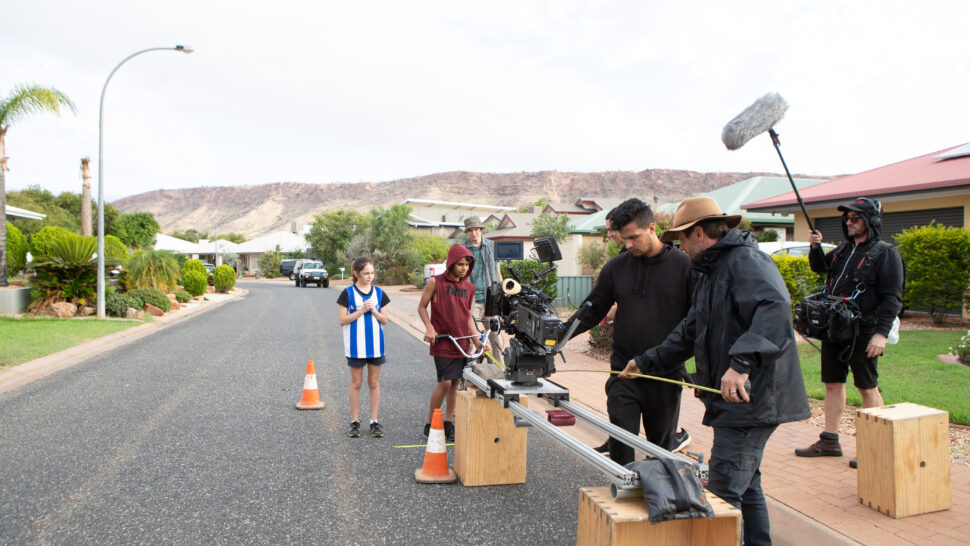
How has your artistic practice as a cinematographer and camera operator changed over time?
I feel as though the most enriching part of being a cinematographer is that you never really stop learning. Each passing year you feel as though you have transformed so as to be almost unrecognisable from the year prior. This is because you are thrust into so many scenarios that are so different from the ones preceding it. Working so intensely with different people means it’s impossible not to have your own views shifted once you come out the other side. So, in that sense, it’s a hard question to answer. I feel my perspective has shifted in so many ways due to these relationships that it’s really hard to quantify.
What have you been working on recently and what’s next?
I’ve just shot Sam Van Grinsven’s second film Went Up The Hill, a co-production for Causeway and Pop Films, in New Zealand. It was an incredible experience.
My next project is Dylan River’s new TV show Thou Shalt Not Steal which is a ‘road movie’ series set in the 1980s. I am really looking forward to that, for the privilege of working with Dylan again, but also for the scripts he’s written. It’s his first larger budget series that he has written and it’s shaping up to be a wonderful story with an amazing cast.
What do you hope you will be remembered for at the end of your career?
My primary ambition with filmmaking is very much in line with continuing to do projects like Mystery Road. I want to be part of things that continue to bring Aboriginal stories to the forefront of the Australian cultural landscape. I think if I can look back at my career and feel that I have done that then that will be enough for me!
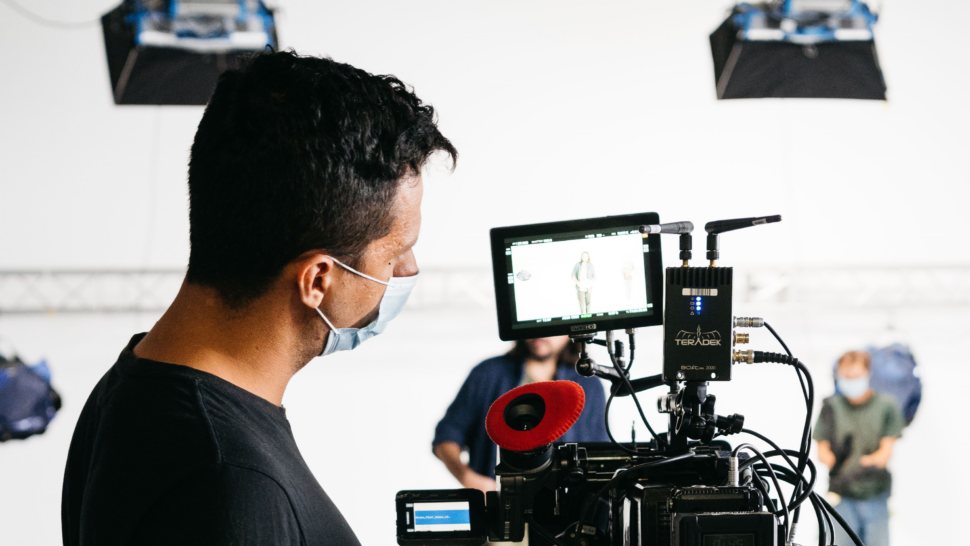
How can potential collaborators get in touch with you?
They can reach out to my agent Zilla Turner at HLA on [email protected]






